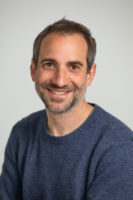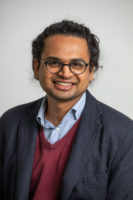Hervé Rouault (CPT - INMED)
Neural networks for the representation of 3D environments
His background
January 2019 - present | CENTURI group leader
2012 - 2018 | Postdoctoral fellow then research associate, Janelia Research Campus, HHMI
2010 - 2012 | Postdoctoral fellow, Institut Pasteur (Paris)
2005 - 2009 | PhD, Theoretical Physics, ENS Paris and Université Paris Diderot - Genetic networks and spatio-temporal dynamics of cellular assemblies
2004 - 2005 | MSc Degree, Theoretical and Statistical Physics, ENS, Lyon
2002 - 2005 | Interuniveristy Magister in Physics, ENS Paris
Contact
Location
Luminy campus, Marseille (France)
About his project
How do animals transform their visual stimuli into internal representations of objects or environments that they can use to behave in a meaningful way? Answering this question would provide a basic understanding of many cognitive abilities. Navigation relies on an internal neural representation of the external world, built using multi-sensory information. Although we live in a three-dimensional world, the modeling and analysis of navigation tasks often assume two-dimensional exploration only, limiting our understanding of neural activities. Recently, neural representations of 3D orientations have been characterized, and mechanisms of internal representations have been determined in great details using model organisms.
We propose to leverage modeling approaches and powerful theoretical tools in order to understand and conceptualize the representations animals use for their 3D spatial environment. We will attempt to establish models for the sensory network that computes the 3D orientation of scenes or objects, making use of recent advances in artificial neural networks. We will then construct neural network models able to sustain these representations independent of sensory activity. The different neural network architectures obtained in silico will be studied and compared to actual animal implementations. We will generalize our approach to the combination of orientation and spatial localization in a scene. This work will guide the interpretation of the neural activities, including the receptive fields of the neurons present in the visual system and the persistent activities observed in deeper brain areas. By understanding the space of neural activity, we will provide insight into important properties of the neural code, such as its dimensionality and how it shapes the organization of brain regions implicated in spatial representations. This more integrated view on the function of multiple interconnected brain areas will shed light on another open problem in neuroscience — how visual inputs drive the higher cognitive representations.
Team members
Postdoctoral fellow position
Please contact me by email for more information.

